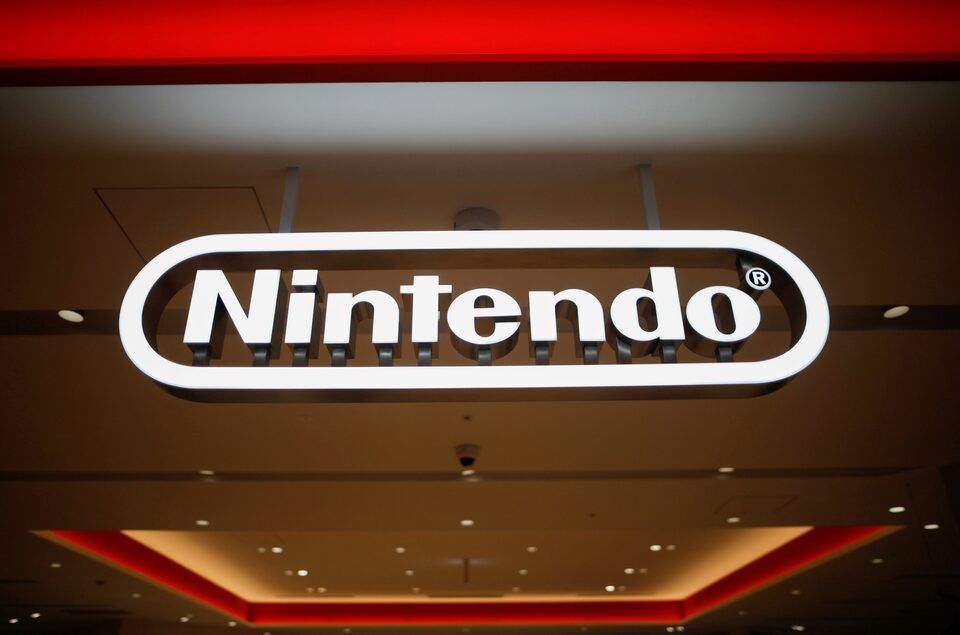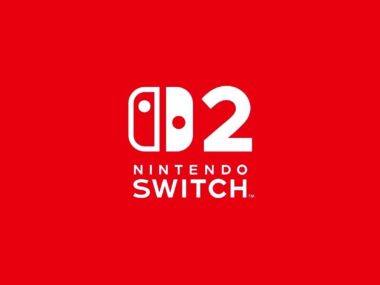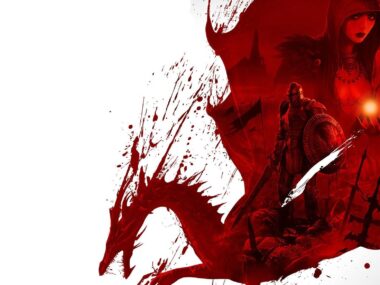On September 2, 2025, Nintendo and The Pokémon Company were granted a new U.S. patent (No. 12,403,397). Originally filed in March 2023, the patent covers a broad gameplay mechanic of summoning a secondary character (called a “sub character”) to fight enemies in a virtual space.
It’s the kind of system we’ve seen in games ranging from Pokémon Legends: Arceus to Diablo IV, World of Warcraft, Elden Ring, and even Nintendo’s own Pikmin. A player moves their main character through a game world, summons a sub character, and lets it battle enemies. This can happen automatically or under the player’s control. If no enemies are around, the sub character patrols until it encounters one. That’s why this patent feels like a loaded weapon.
The Shadow of Litigation
It’s hard not to think of Nintendo’s ongoing lawsuit against Palworld developer Pocketpair. While the current case is based primarily in Japan, this new patent gives Nintendo the ability to file a similar suit in the U.S.
Nintendo has a history of fiercely defending its intellectual property. Sometimes this aggressive behavior is justified, like the company’s recent victory against Gary Bowser (alias Daly) for selling modded Switch consoles. Other times, the Nintendo’s willingness to whip out their attorneys sparks fear. The risk isn’t just to Pocketpair but to any developer working in adjacent genres. If Nintendo decides to use this patent aggressively, Palworld might just be the beginning.
The Chilling Effect on Game Development
Patents like this don’t just target one rival, they cast a wide shadow. The language in No. 12,403,397 is broad enough to cover countless RPGs, MMOs, and monster-taming titles. Developers big and small could suddenly find themselves on shaky legal ground.
For indie studios, the threat of a lawsuit is often enough to kill a project before it launches. Why risk years of work and limited funds if Nintendo might file a lawsuit against them? The result is fewer games willing to add summoning mechanics. Will the monster-taming genre take a hit as developers avoid adding mechanics that could invoke Nintendo’s wrath?
Even established studios could feel pressure to strip back or water down systems that resemble Nintendo’s. This could leave players with less diverse and ambitious games.
Patent Wars and “Legal Pollution”
The biggest worry is that Nintendo’s strategy might lead to “patent wars” within the gaming industry. If one company can patent a core gameplay mechanic, what’s stopping others from doing the same? Instead of competing through creativity, studios could compete through their legal arsenals.
The industry has seen echoes of this before. Remember when Sega and Namco filed sweeping arcade patents in the 1990s? This feels different. Gameplay mechanics, not just hardware or visuals, are becoming fenced-off territory. That kind of “legal pollution” could make the creative soil of game design harder to grow in.
What’s at Stake?
The question is: will Nintendo use this patent as a shield to protect Pokémon? Or will they use it as a sword to slash at competitors?
If it’s the latter, the monster-taming genre and any RPG using summoning systems, could suffer. Creativity thrives on developers riffing, remixing, and reimagining mechanics. A world where common features are locked down by patents is one where innovation disappears.
Nintendo’s reputation as a legal powerhouse isn’t new but this patent feels like a potential precedent that could shape the limits of game design.
Nintendo’s new U.S. patent gives it a powerful foothold in the battle over summoning mechanics. The cost may be higher than they realize. If patents like this become the norm, the future of gaming won’t be defined by bold ideas or experimental mechanics. It will be defined by who owns the paperwork.






